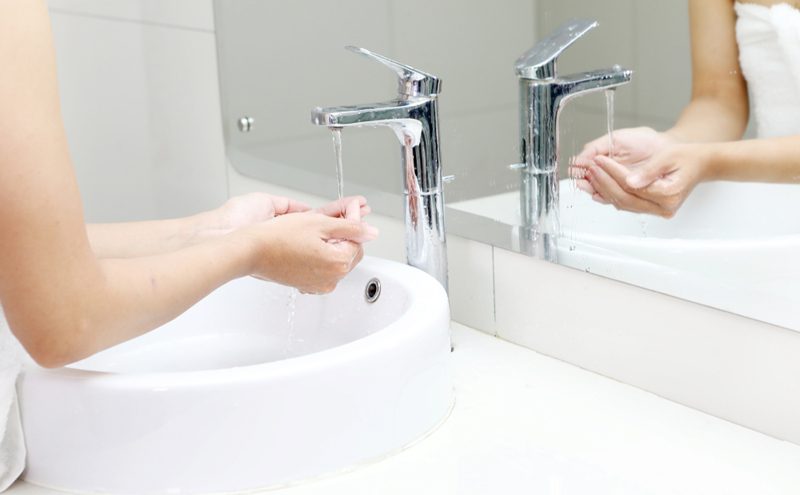
A new study on pathogenic microbes and chemicals makes worrying reading for anyone concerned about what’s in the tap water they are drinking. A group of researchers at Finland’s National Institute for Health and Welfare concluded that the most common methods used to purify water are not necessarily effective enough to combat chemical contaminants finding their way into residential tap water.
Funded by the Academy of Finland, the researchers traditional chlorination and UV disinfection approaches work well on removing unhealthy pathogenic microbes such as intestinal norovirus and campylobacter, but are not as effective when it comes to removing chemical substances.
The researchers investigated the incidence, persistence and transport of pathogenic microbes and chemicals in the watercourse of the river Kokemäenjoki, which is under severe pressure from urban waste water, agriculture and industry. The river water is piped through pre-treatment to an artificial groundwater recharge process where the water is then purified for consumer use.
The chemical contaminants found in the water included pharmaceuticals, sweeteners and substances used to treat textiles. The study report said that while the chemical contaminants did not exceed the tolerable daily intake limit, more research was research was needed to properly understand the health consequences.
A press release about the study was issued by water purification expert Bluewater – the firm says its own compact, under-the-sink residential Bluewater water purifier is designed to remove chemicals from tap water.
Discover more at:https://phys.org/news/2018-06-treatment-contaminants.html#jCp







